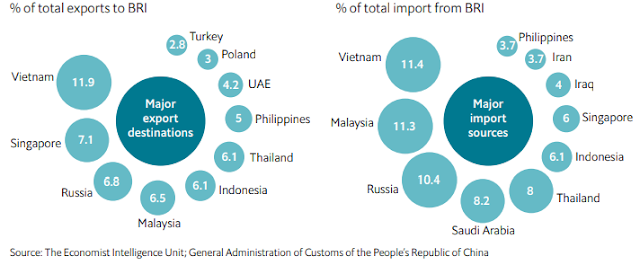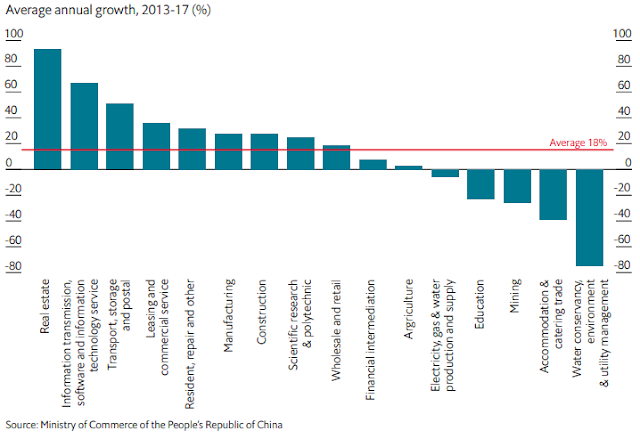Update on the Belt and Road Initiative
In April 2019, China's brought together representatives of the Belt and Road Initiative (BRI) economies to revamp the project that is now about six years old. President Xi Jinping continued to assert his willingness and desire to cooperate with his neighbors and even beyond. The Economist Corporate Network (ECN) reported on recent updates with interviews from nine key individuals affected by the BRI.
At the time of the meeting, over 130 countries have signed BRI agreements with China including some all the way in Central America. Although, that doesn't fully encompass the economic span of the project as Western countries, like the UK, who haven't committed are considering "third-country co-operation" agreements in an effort to maintain a good relationship with the network which is looking massive already.
Indeed, the BRI includes economies with the largest prospects for growth. In total, the core BRI countries include "50 percent of the world's population and 30 percent of the global economy." Indonesia and Bangladesh are not only participants in China's project, but neighbors that have already been large contributors to the growth of Chinese exports and imports in the BRI network. In fact, when looking at Chinese direct investment overseas, Southeast Asia countries claim 65 percent.
In fact, the Association of Southeast Asian Nations (ASEAN) nations have already risen to become the major trading partners as a result of BRI. The report expects this to stay the same but notes deals with commodity-rich markets like Russia and Saudi Arabia have been established. Trading trends are likely to stay a majority ASEAN, but Africa could emerge as a favorite for direct investment growth with new "loan and investment commitments of US$60bn over the next three years" and the continent's own "Belt and Road Fund for Africa." If Africa is still considered the "new economic frontier," China looks to be putting itself in the position to take advantage of it.
Johan de Villiers of Southeast Asia at ABB, a European industrial technology company points out, "What is clearly happening is the involvement of Chinese construction companies in broad infrastructure projects across South-east Asia." The nature of those investments is largely determined by the needs of the countries in which China tends to invest, however, with the advancement of Chinese technology and increasing global demand to fight climate change, direct investment might start to favor those types of projects. For example, China has already started to expand it's "Digital Silk Road" through the reach of Huawei's operations which touch all seven continents.
The new advancement of the BRI asserts one thing: China is more than ready to embrace risk in order to become a global superpower. Many of the markets that have signed agreements have significant political risks and regulations that create uncertainty for investment, but the opportunity to access new populations will support Chinese global hegemony in the same time period that the United States embraces isolationism. The progress appears slow, but the process is in place for the network to become stronger.








Comments
Post a Comment